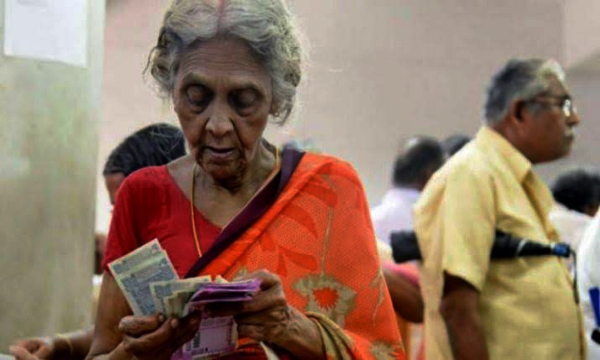Between March 2017 and March 2021, the Reserve Bank of India (RBI) reported a 24% increase in financial inclusion (FI) as assessed by the RBI’s FI-Index.
In cooperation with the government and relevant industry regulators, the FI-Index includes information on banking, investments, insurance, postal services, and pensions. The RBI stated in April that it will create the FI-Index to measure the level of financial inclusion.
The RBI released the inaugural FI-Index statistics on Tuesday, and the data will henceforth be released once a year in July. The score gives the most weight to the use of various financial services (45%), followed by access (35%) and quality (20%).
The index combines data on different elements of financial inclusion into a single number that ranges from 0 to 100, with 0 denoting complete financial exclusion and 100 denoting complete financial inclusion.
The Pradhan Mantri Jan Dhan Yojana has been one of the most important drivers of financial inclusion in the country (PMJDY). There are around 42.6 crore PMJDY account holders, with women accounting for more than 55%. While the JDY was first introduced in 2014, its popularity grew in tandem with the rise in direct benefit transfers (DBTs), which were made possible by digital platforms and Aadhaar.
The fact that Rs. 5.5 lakh crore (US$ 74.07 billion) was moved digitally across 319 government programmes distributed over 54 ministries during 2020-21 demonstrates the significance of digital payments in DBT.
Due to the growing use of digital platforms by small merchants and peer-to-peer payments since the epidemic, financial inclusion has risen.
At the financial inclusion conference, RBI governor Mr. Shaktikanta Das remarked, “Lessons from the past and experiences learned during the Covid epidemic clearly suggest that financial inclusion and inclusive growth promote financial stability.”
“As of March 2021, banks had achieved digital coverage of 95.9% of people, while companies had achieved 89.8%,” Mr. Das stated at the conference.
Financial inclusion has also been aided by the growth of fintechs, which have innovated to simplify and promote digital payments such as the UPI (Unified Payments Interface).
According to a Macquarie research, although retail payments (by value) grew at an 18% CAGR from FY15 to ’21, UPI grew at a CAGR of roughly 400% from FY17 to ’21, and currently accounts for 10% of overall retail payments (excluding RTGS), up from 2% a few years ago.
Despite being a latecomer, UPI’s annual throughput value of approximately Rs. lakh crore in FY21 was nearly 2.8x that of credit and debit card (at POS) combined, according to the study.
Source: IBEF
You may also like
-
Trade Connect E-platform For Exports Is Single Window, Fast, Accessible And Transformational: Shri Piyush Goyal
-
Dot Simplifies Approval Processes For Telecom Licenses And Wireless Equipment
-
Coal Production and Supply Trends on Positive Trajectory
-
Union Minister To Release Booklets On Promotion Of Indigenous Species & Conservation Of States Fishes
-
2nd India-Japan Finance Dialogue held in Tokyo on 6th September, 2024
